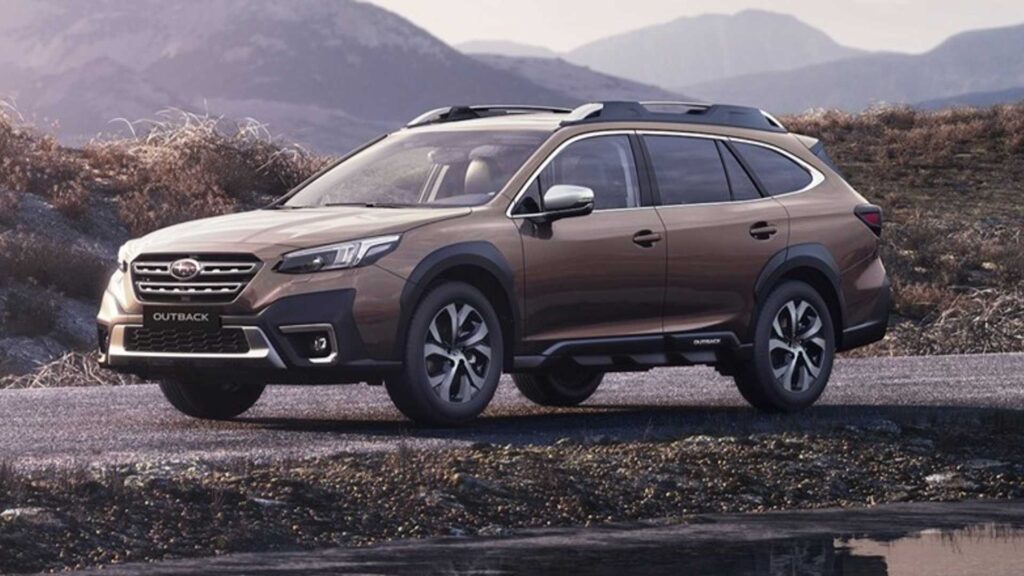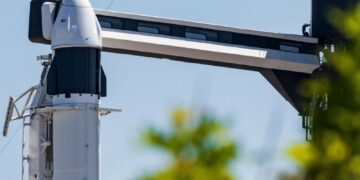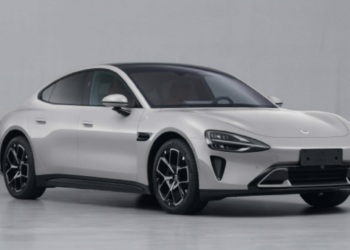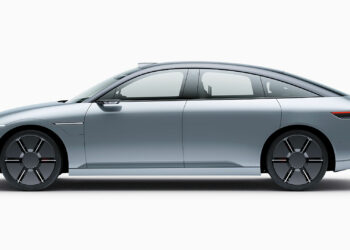There is no substitute for cargo space. Well, unless it’s even more cargo space. Families, commercial travelers, couples, and singles with elaborate hobbies need a large trunk volume. But it doesn’t have to be a van or a bus.
Nor does it have to be an SUV. They are heavy and tall, which affects fuel consumption and agility. That leaves the station wagon. The only drawback is that station wagons need more length than vans to offer the same amount of space. An important factor when looking for a parking space.
Benefits of large station wagons
In the following, we will take a quick look at some of the advantages of the station wagons:
- Large trunk volume, often low loading edge
- Good rear-seat space
- Lower profile, improved aerodynamics compared to vans or SUVs
- Comparatively low weight, lower center of gravity
- More agile than vans or SUVs of similar size
- More economical than SUVs or vans of similar size
Because it is not a special achievement to get a lot of trunk volume over the length of the vehicle, we do not simply crown the one with the largest trunk volume as the “largest station wagon” in our top 7 largest station wagons. Instead, we’ve chosen the one with the best liter-per-meter ratio.
Granted: We hadn’t considered the large station wagon in second place. One reason for this is that the Subaru Outback doesn’t really feature in our estate considerations. With a height of a good 1.60 meters, it is more on the SUV level. However, the German Motor Transport Authority lists the Outback in the upper mid-range. Its proportions fit the station wagon segment, after all. So, this car belongs on our list of the largest station wagons.
Height helps. It can fit up to 1,848 liters behind the tailgate, a perfect figure for a length of 4.82 meters. Its width is a moderate 1.84 meters. The Superb Combi outperforms the Outback in terms of length-to-volume ratio. However, at 2.608 liters it is still far ahead of the third-placed station wagon.
Further advantages of the Outback besides its good space: plenty of off-road competence. As Subaru is known as a classic all-wheel-drive brand, the big Outback station wagon, just like most of its siblings, is always driven by all four wheels. This is unfortunately also reflected in the fuel consumption. 7.3 liters according to the NEDC standard for the 2.5i with a 2.5-liter boxer engine and continuously variable automatic transmission is not a particularly economical figure.
However, the real-world consumption should be comparatively close. The prices start at 38,490 euros, relatively young used cars, day registrations and even new cars are available from around 32,000 euros.


























